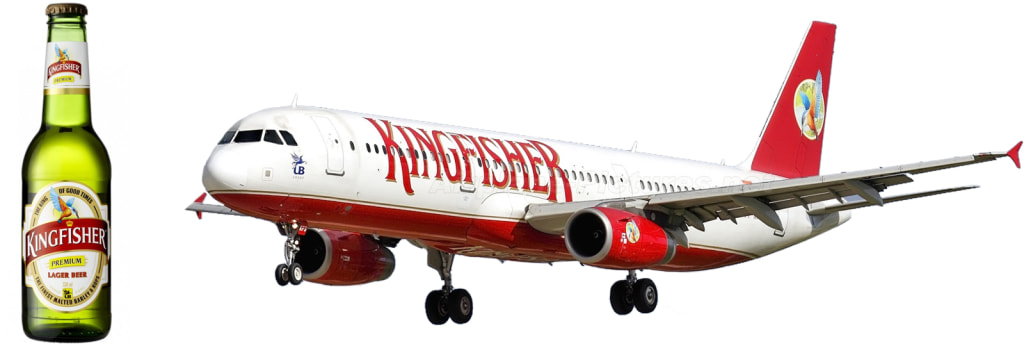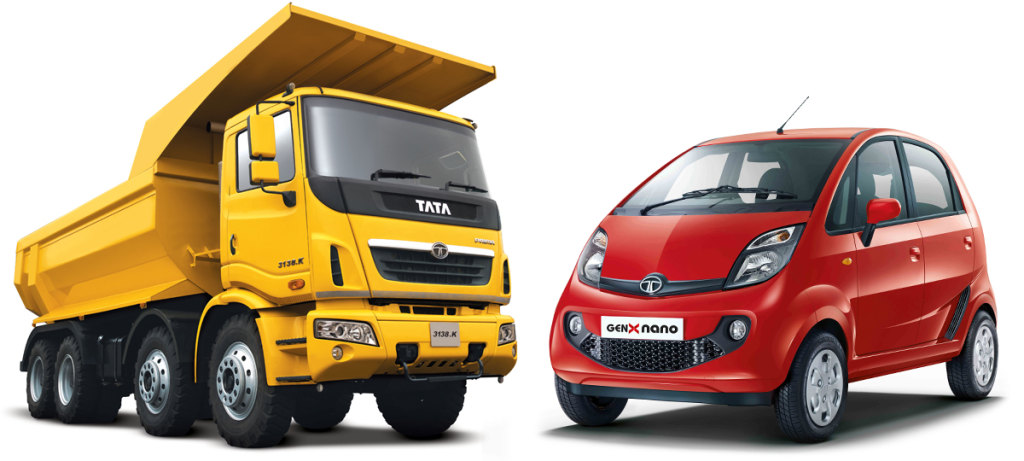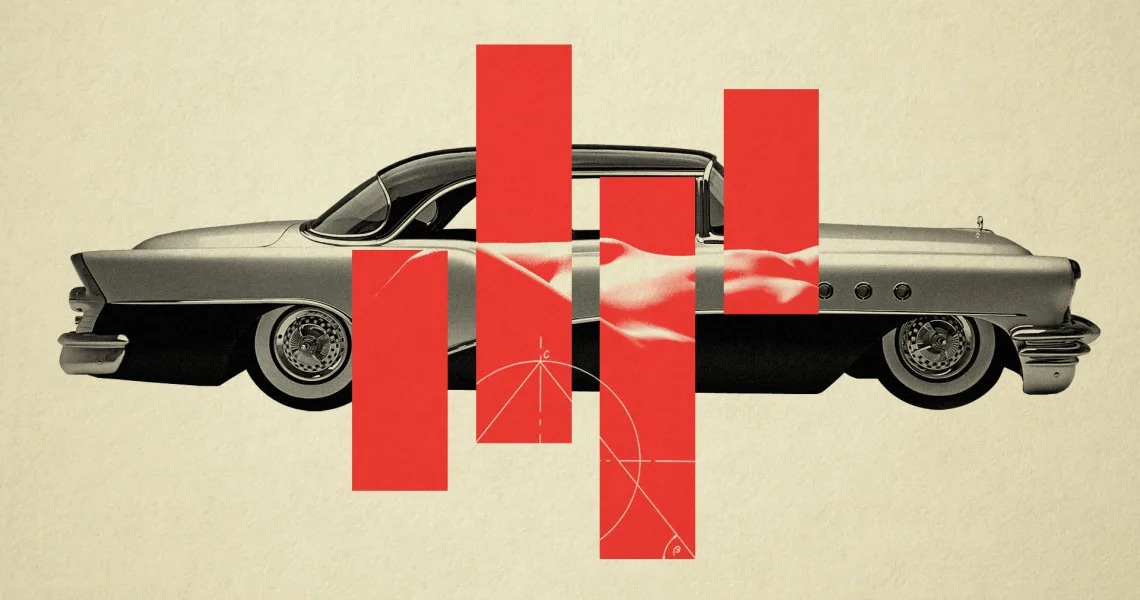Physique Part 3: Three Escapes from the Grip of Physique
Physique is ‘the mental imprint of a brand’s physical image, as a sensory perception”. Its power comes from its automatic nature, which escapes formal or rational thinking. It’s related to the primacy effect, psycho-speak for the power of first impressions. Once imprinted, it decides whether we ‘accept’ products that don’t fit the ‘physiqual’ mould.
If you haven’t already, read the last two posts, here and here for a fuller introduction.
In this post: what can be done to escape the trap of the first impression, the gravitational pull of physique?
1. Don’t Step, Leap—But Keep the Bungee Tied
Switch to a category so unlike the original that the original physique seems to not apply.
One answer to reach escape velocity may be to switch to a category so unlike the original that the original physique seems to not apply. Such a long cross-category leap, of course, needs a central idea to make it work. The brand needs an external reference figure outside its product sphere, an external pole star if you like, by which it finds its way. It could be a founder, a central idea, or values-in-use (which can be sensed, unlike those on some mission/vision/values ‘statement’), or better, more than one of these acting together. So, Yamaha’s diversity (pianos, tennis racquets and motorbikes, and that’s not all) can be said to be bound by the central theme of leisure in modern living (a value dear to the first Mr Yamaha). Kingfisher successfully transferred its value of flamboyant hedonism from beer to airlines (the lager picture, says the ICD wag), and so no physique interfered. Similar values also attach easily to the physique of the magnificent Mr Mallya (who is also an external reference figure): yachts, bungalows and supermodels fit as easily with beer as with a sort of stylish airline.

2. Regency: an Antidote
The last events in a series are weighted more than the ones in the middle of a sequence of facts.
Another answer is to exploit the recency effect, the opposite of the primacy effect: the last events in a series are weighted more than the ones in the middle of a sequence of facts. In the Tata growth story, for example, both recency and the external reference figure are at work. So it helped that Tata Steel was preceded by the Taj (hotel) brand, whose close association to the head of the dynasty gave a new physical dimension to the Tata corporate concept, without using the Tata name. So long as they don’t front the Tata name, Tanishq and Titan, like Taj before them, (the original T-series, says the office comedian) can enjoy the Tata assurance—connected to the founder’s reputation—and escape being weighed down by Tata’s industrial, nation-building physique.
3. The Age of Impressions
But act quickly! The duration of the original imprinting may matter. The Taj Mahal in Bombay opened a few years before the steel and power businesses. Hyundai Motors’ Accent was launched within four years of the iconic Santro. Hyundai has been a bit more successful with its longer wheelbase cars than Maruti has, which waited seven years to launch the 1000, the forerunner of the cramped but enthusiastic Esteem, which it astonishingly continued till 2008. From then, Maruti has had a long, slow slog to the C segment, via the old Baleno and SX4 (both discontinued) and the gone-in-60-seconds, long-bodied Baleno Altura. The Baleno is back, but cut to size, as a hatchback (good move) and has great early bookings. The compact DZire which is built on the Swift platform, finally inched past the little Alto, only in July 2015. Restaging can work, if you keep at it, as recency overcomes primacy—slowly. As for Tata Motors, it really must ask whether lifestyle cars are within its physiqual reach. The Nano is a baby; it doesn’t fit the mould created by generations of successful trucks and grey, smoky steel plants, which better suit the Safari or Sumo. Says Guenter Butschek, its latest CEO tasked with the turnaround of Tata Motors, “We really need to consider how we position the brand.” Shyamal Majumdar’s incisive piece (Business Standard) argues for pulling the Nano. From a physique point of view, it makes sense. But it may not fit the ‘car is a car is a car’, psychology-phobic way management often thinks. Tata has solved this problem before, as I’ve pointed out earlier.

Limitations of Physique
Not all product categories and brands excite this ‘physi-qual’ reaction; and further, it needs sensing and interpretation.
Not all product categories and brands excite this ‘physiqual’ reaction; and further, it needs sensing and interpretation. It is far from a complete explanation of brand-product fit. Physique is a fit matter for further research. In a future post, I will reveal — no, make that speculate on — when physique applies, and when it’s a stumbling block and when not. If I get enough requests!
Tailpiece/Stop Press
On the same day as the Pininfarina story, the papers reported on the (relatively) poor sales of Royal Enfield’s much-admired Continental GT. The Harley Street 750, which costs about two and a half times as much, almost overtook it in 2015. Price-product-position play a role, but does the Continental GT, in some subtle sense, lack the Royal Enfield physique? Since the time of writing, the Mahindra KUV (connotes a small SUV?) in eye-catching orange, was launched with XUV-ish shape, but not size; perhaps a good move in physique terms. Royal Enfield now has a Himalayan model, which seems on first looks closer to the Enfield physique than the GT.

